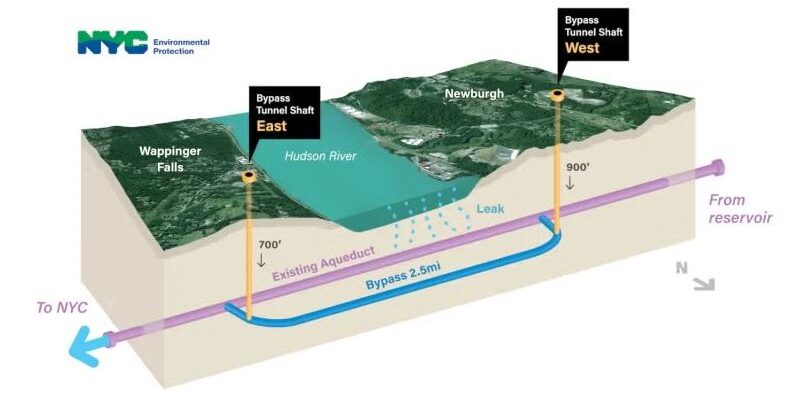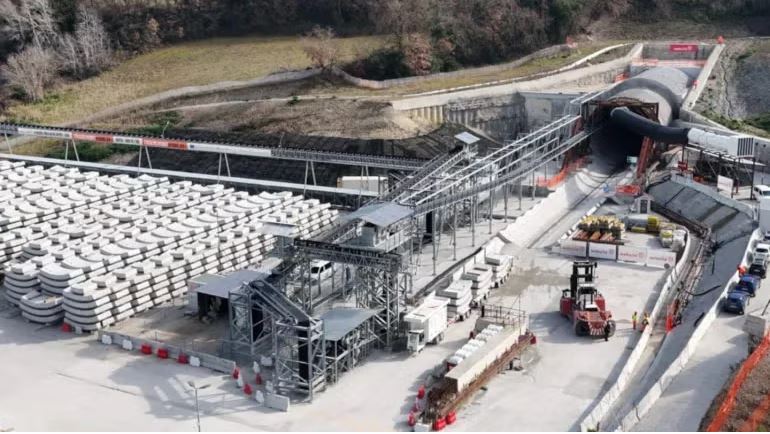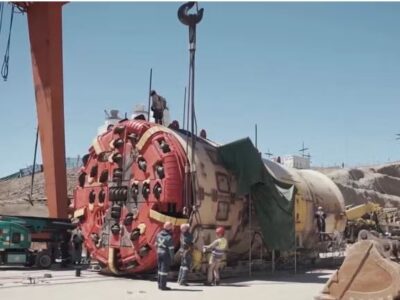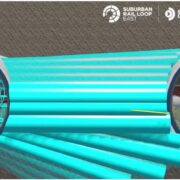
In order to making the final connection of a new bypass tunnel under the Hudson River, that is the last step in its US$2bn program to fix leaks in the Delaware Aqueduct, a new procurement and contracting process will be commenced by the New York City Department of Environmental Protection (DEP).
Considering the historic autumn drought, this project was halted in November while ending the existing construction contract and forcing the final link to be completed under a new procurement process. The require for a new contract, continued concerns about lower-than-average rainfall, and plans to upgrade pumps in the aqueduct, mean the final connection is not expected to be completed until after 2027.
According to DEP commissioner Rohit T Aggarwala: “A new contract must take every contingency into account to ensure we meet our critical responsibility of providing the highest quality water possible to nearly 10 million New Yorkers every day, without exception. This final connection will allow us to continue fulfilling our vital mission for future generations.”
With the aim of repairing the leaking sections of the 136km Delaware Aqueduct as the longest tunnel in the world, in 2010 New York City announced a plan by linking a 4km-long bypass tunnel around leaks discovered in the 1990s deep under the Orange County Town of Newburgh, adjacent to the Hudson River. Being located 183m beneath the river’s surface,this new bypass is the first tunnel built under the Hudson since 1957, when the south tube of the Lincoln Tunnel was completed. Also after the bypass connection is made, a separate smaller leak in the Ulster County Town of Wawarsing is due to be repaired.
In accordance with DEP’s continuous monitoring the leaks since 1992, they can release over than of 35 million gallons per day, the vast majority of which is through the leaks near the Hudson River in Newburgh.
The scheduled date for final bypass connection that requires an eight-month shutdown and draining of the Delaware Aqueduct is October of any given year because demand for water is at its lowest all year during the winter months.
















